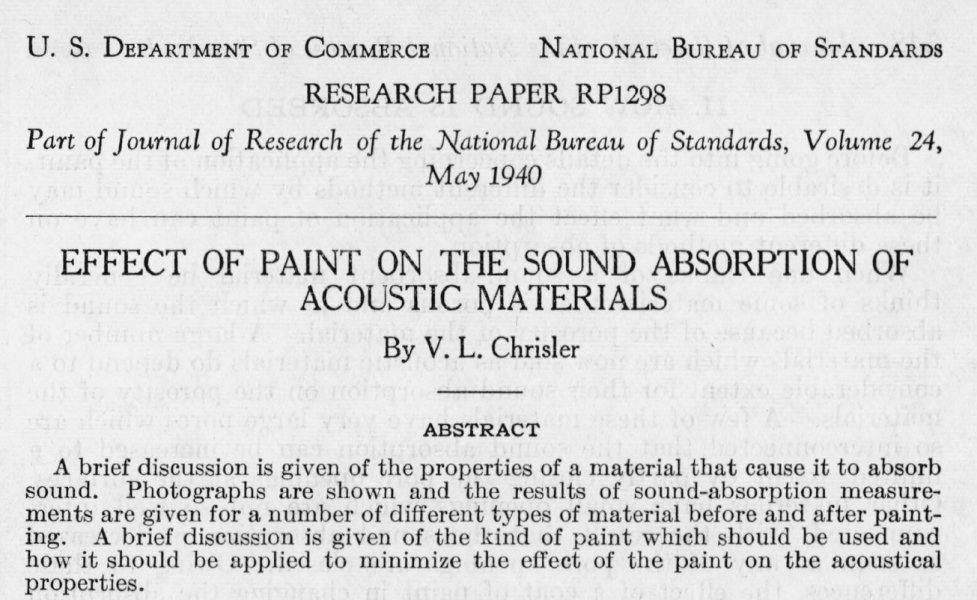How would one connect three (3) REL subwoofers, with one on each side and one in the middle to achieve a bit of a “swarm” arrangement? Would the center subwoofer receive a L + R signal?
Does swarm work with three subwoofers, or does it require four subwoofers?
My approach would be:
Subs must be connected only with high level outputs, when available.
(For me, low level feeds (Typically from the preamp or the HT processor) to the subwoofers are a non starter. I have tried low level inputs directly from the preamplifier with no success.
For the left and right channel subs: -
Connect red and yellow wires together, each to the respective 'hot' binding post on the left and right channel of your amplifier(s)
For the centre channel sub:-
Connect the red wire to the 'hot' binding post of the right channel of your amplifier. (this binding post will now have a total of three subwoofer wires connected; two red and one yellow, along with the main speaker wires.)
Now connect the yellow wire to the 'hot' binding post of the left channel of your amplifier. (This binding post will now have two yellow and one red subwoofer wires connected.
The corresponding ground wires can initially be connected to the corresponding negative binding posts. If hum ensues, try various combinations of floating and grounding.
I see the configuration described here as more of L-C-R sub configuration as opposed to a 'swarm'.
I feel a subwoofer swarm, properly configured, is all about finding the best in-room low frequency extension by placing multiple subs at locations where the room response is naturally reinforced.
While this is a laudable objective, my experience is that Swarms never offer anywhere close to ideal integration with the main speakers. To my ears, this lack of integration is easily heard with almost any source and configuration: two channel, HT 5.x, 7.x, 9.x etc., whether fed a homogenized x. 1 HT signal or a full two channel L and/or R signal.
During my many months, indeed stretching into many years of experimenting with trying as many as six simultsneous REL Gibraltar G1 subs in virtually every, and I do mean EVERY conceivable floor based configuration one can conceive (1x6 swarm at the room nodes, 3 x 2 high pairs (connected as described above) at the room corners and the center of the back wall, and at incremental 6" positions towards the listening chair well out past the plane of the main speakers.








